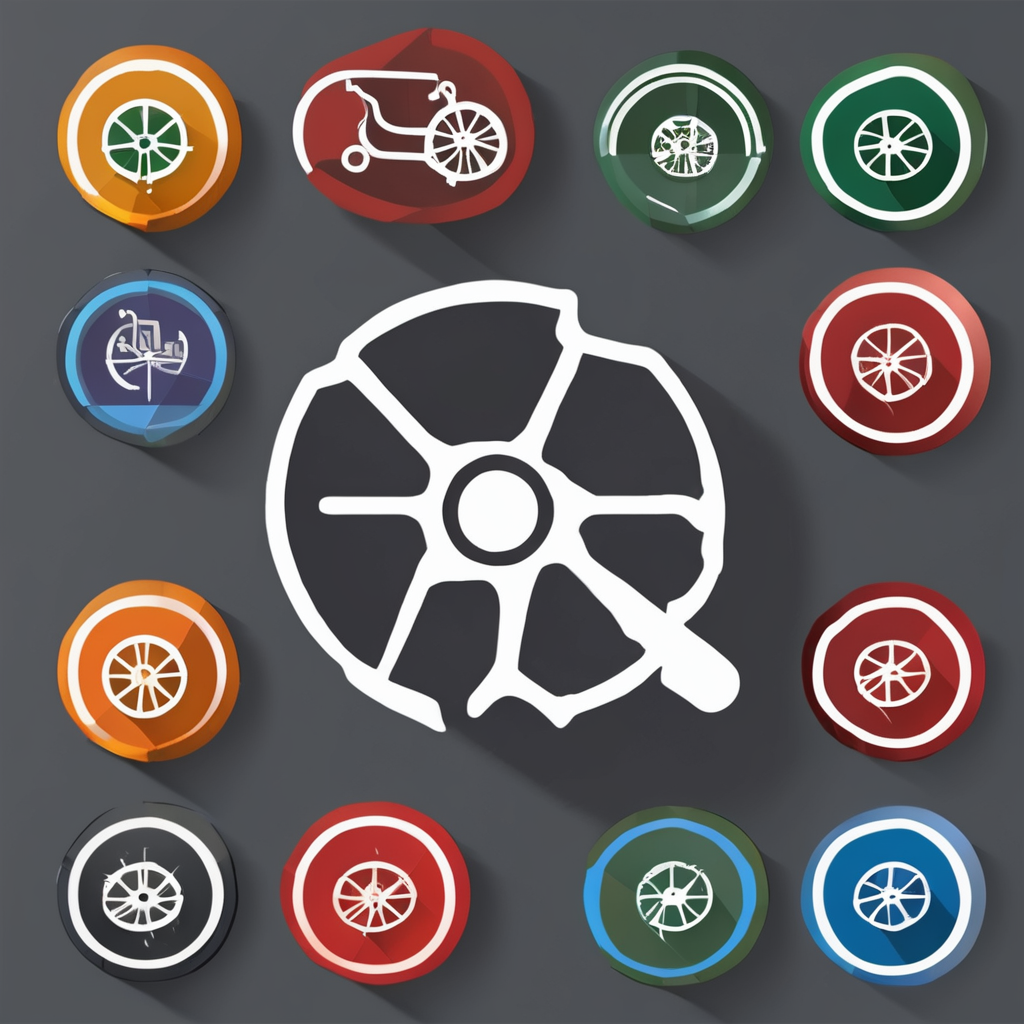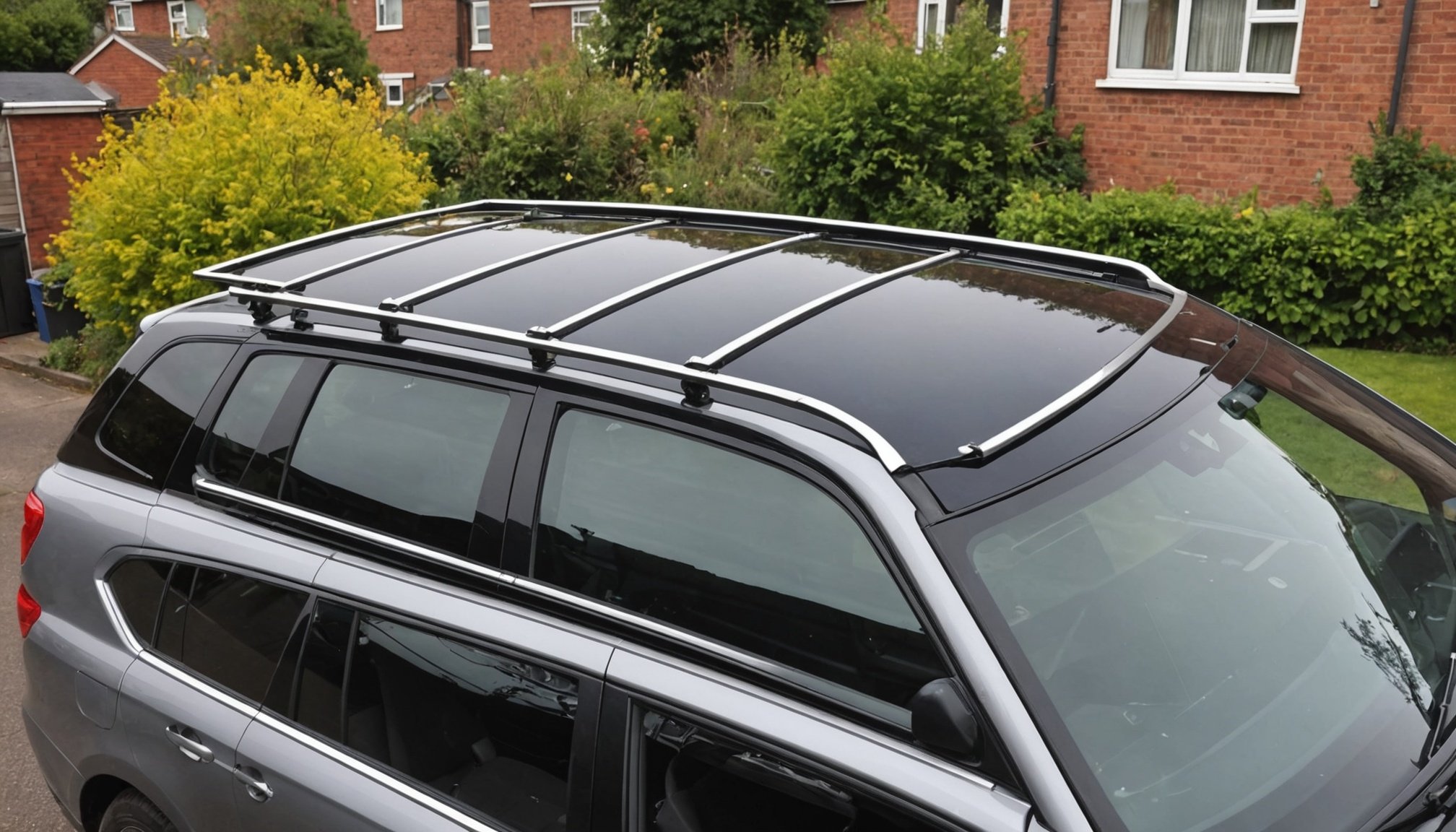Overview of Aftermarket Sunroofs
Installing an aftermarket sunroof can significantly enhance the driving experience, blending style with functionality. These installations offer several advantages, primarily improving natural light and ventilation, thus elevating the comfort and aesthetic appeal of your vehicle.
There are various types of sunroofs available for modification enthusiasts to choose from. Pop-up sunroofs are manually operated and straightforward to install, making them a popular choice for DIY enthusiasts. Sliding sunroofs, on the other hand, provide more versatility, either retracting into the roof or sliding above it for a more streamlined look. For an added touch of luxury, panoramic sunroofs offer extensive views, though they require professional installation due to their complexity.
In the same genre : Ultimate troubleshooting manual for repairing malfunctioning electric windows in uk cars: a comprehensive step-by-step approach
When considering a sunroof installation, it’s essential to ensure compatibility with your vehicle. Although most cars can accommodate some form of sunroof, it’s crucial to select one that aligns with your vehicle’s design and structure. This ensures safe and optimal performance without compromising the integrity of your car’s frame.
In the UK, vehicle modifications such as these are popular, but it’s crucial to consult professionals or thorough guides to navigate any specific installation challenges and ensure a seamless addition to your transport.
In the same genre : Ultimate diy manual: how to install and personalize aftermarket car security systems in the uk
Necessary Tools and Materials
Ensuring you have the right tools for sunroof installation is essential for a smooth process. Start by gathering basic items such as a metric socket set, screwdrivers, and a utility knife. Materials needed include sealant (commonly silicone-based) to prevent leaks, weatherstripping for enhanced insulation, and durable adhesives.
Safety cannot be understated, so proper safety equipment is a must. Wear safety glasses to protect your eyes from debris, and gloves to safeguard your hands during cutting or handling sharp materials.
Ensuring all these materials and tools are organized before you begin aids in preventing delays and ensures the installation goes smoothly. At times, specialty tools like an air nibbler might be required to cut through metal efficiently. It’s wise to consider a torque wrench as well to ensure bolts are secured to the manufacturer’s recommended tightness.
Remember, using inferior quality tools can compromise the functionality and durability of the sunroof. Investing in good quality and appropriate equipment not only facilitates the process but is critical for maintaining the longevity of your DIY sunroof installation.
Step-by-Step Installation Guide
Installing an aftermarket sunroof involves several precise steps that ensure a successful and secure installation. Whether you are a novice or have some experience, following these steps diligently is crucial.
Preparing Your Vehicle
Begin by assessing the DIY sunroof installation requirements specific to your vehicle model. Clear the area where the sunroof will be installed, ensuring enough workspace.
Removing the Roof Lining
Carefully remove the roof lining to access the necessary interior sections. This process may involve unscrewing or unclipping parts, so keep your tools for sunroof installation handy.
Cutting the Opening for the Sunroof
Mark the area on your roof where you’ll make the cut, using the sunroof template as a guide. Use an appropriate cutting tool, keeping in mind the importance of safety equipment like safety glasses and gloves.
Installing the Sunroof Mechanism
Position the sunroof mechanism, aligning it as per the design. Securely attach all parts, ensuring they are properly tight but not overly constrained.
Securing and Sealing the Sunroof
Apply the recommended sealants and weatherstripping around the edges of the sunroof. This step prevents leaks and boosts insulation. Finally, give attention to detail during this stage to maintain optimum functionality and aesthetics.
Troubleshooting Common Issues
Exploring the world of aftermarket sunroofs can enhance your driving experience, but potential pitfalls may arise. Sunroof troubleshooting is essential to ensure longevity and avoid frustrations. Common problems include leaks, difficulties in operation, and noise issues. Start by verifying the tightness of the seals and ensuring no gaps exist. Applying a high-quality sealant can often mitigate these leak issues.
Regular maintenance is crucial. Maintenance tips to prolong functionality include cleaning the tracks and seals regularly to prevent debris buildup, which can obstruct smooth operation. Using silicone-based lubricants keeps the moving parts of the sunroof operating efficiently.
When faced with more complex installation problems, such as motor failure or electrical issues in motorized sunroofs, it might be time to consult a professional. Recognising when it’s beyond a DIY fix is critical to avoid causing further damage.
In severe cases, professional assessment can rectify alignment or mechanical problems. Addressing these issues promptly prevents escalating repair costs and ensures optimal sunroof performance. Maintaining a well-kept sunroof means more enjoyment and value from the modification. Always remember, expert intervention is a viable option if problems persist despite diligent care and troubleshooting.
Compatibility Considerations
When considering an aftermarket sunroof installation, vehicle compatibility is paramount. Start by assessing the structure of your vehicle. Not all vehicles are designed to support aftermarket sunroofs, and modifications might be needed to ensure a precise fit. It’s crucial to verify this to avoid potential structural issues.
Sunroof size is another critical factor. Measure your vehicle’s roof accurately to ensure you choose a compatible size. Ill-fitting sunroofs can lead to leaks and affect aerodynamics. Precision in measurement is essential for a secure installation and optimal performance.
Installation adjustments are sometimes necessary, especially for unique vehicle models. Some vehicles require specific alterations or fabrication to the roof to accommodate an aftermarket sunroof. Employing the expertise of a professional can be advantageous in such scenarios.
Awareness of these factors ensures not only a functional and aesthetically pleasing sunroof but also the continued structural integrity of your vehicle. Ultimately, careful planning and thorough research are vital before embarking on your sunroof installation journey. This foresight prevents unwanted surprises during installation, saving time and potentially costly repairs, whilst ensuring your investment enhances not just your vehicle’s appearance but also its functionality.
Legal and Regulatory Considerations in the UK
In the UK, adhering to vehicle modification laws is crucial to ensure a legally compliant aftermarket sunroof installation. It is imperative to understand the specific sunroof regulations that dictate how modifications should be performed on a vehicle.
One of the primary considerations involves compliance with the Construction and Use Regulations. These regulations ensure that sunroof installations do not compromise vehicle safety standards. Modifications must be carried out without affecting the vehicle’s structural integrity, as this can lead to your vehicle becoming unroadworthy.
Additionally, some sunroof enhancements, if improperly installed, might interfere with vehicle emissions or safety features. Understanding these compliance requirements helps prevent penalties and ensures peace of mind. The UK laws are strict about modifications that alter vehicle specifications, requiring consultation with approved bodies if necessary.
Ignoring these regulations may lead to legal consequences, such as fines, vehicle impoundment, or invalidation of insurance. To avoid such pitfalls, ensuring that any sunroof installation adheres to the relevant legal framework is vital.
For those unsure about these requirements, seeking professional advice from accredited installers can provide protection against unwittingly infringing on UK modification laws. This ensures your vehicle’s modifications remain within legal boundaries whilst enhancing driving comfort and style.
Purchasing Recommended Products
Exploring the right sunroof products can be overwhelming, given the variety available. Choosing recommended brands and products ensures quality and reliability. It’s advantageous to start by considering brands known for durable materials and ease of installation. Look for products that offer the best alignment with your vehicle’s design to ensure a snug fit.
Where to Buy Aftermarket Sunroofs
When it comes to purchasing, you have several options. Online platforms offer a wide range, often with customer reviews to guide your selection. Trusted retailers like Amazon and eBay provide extensive catalogs, often featuring customer ratings. For a more direct approach, local suppliers may offer personalised recommendations and an opportunity to assess the product physically. This is particularly beneficial for observing material quality and fit.
Tips for Ensuring Product Quality
Quality assurance is paramount. Ensure product quality by checking for certified standards or guarantees from the manufacturer. Always read the warranty terms, as a comprehensive warranty is an indicator of the manufacturer’s confidence in their product. Also, verify if installation services are bundled with the purchase, as this can be advantageous for ensuring correct fitment without added costs.
Cost Estimates for Installation
Understanding the sunroof installation cost is crucial for effective budgeting. Expenses can vary significantly based on whether you opt for a DIY approach or hire a professional. On average, an aftermarket sunroof might range from £200 to £1,500, covering both lower-end manual types and high-end motorised options.
Budgeting Tips for a DIY Project
With DIY projects, costs are typically lower. Items such as a metric socket set, adhesives, and a utility knife are essential tools, costing around £50-£100 collectively, excluding the sunroof itself. To remain within budget, source quality materials needed from reputable suppliers. Investing in proper safety equipment is also non-negotiable—prioritising safety prevents unplanned expenses due to accidents.
Professional Installation Versus DIY
Professionals provide precision that can minimise problems, with costs often starting at £500. They ensure compatibility and compliance, which can be challenging to manage alone. However, when choosing a professional installer, it’s essential to verify their qualifications and past customer reviews to ensure quality service.
Overall, comparing professional and DIY methods helps decide based on skill level, time, and budget constraints, reflecting personal preference and financial readiness.











